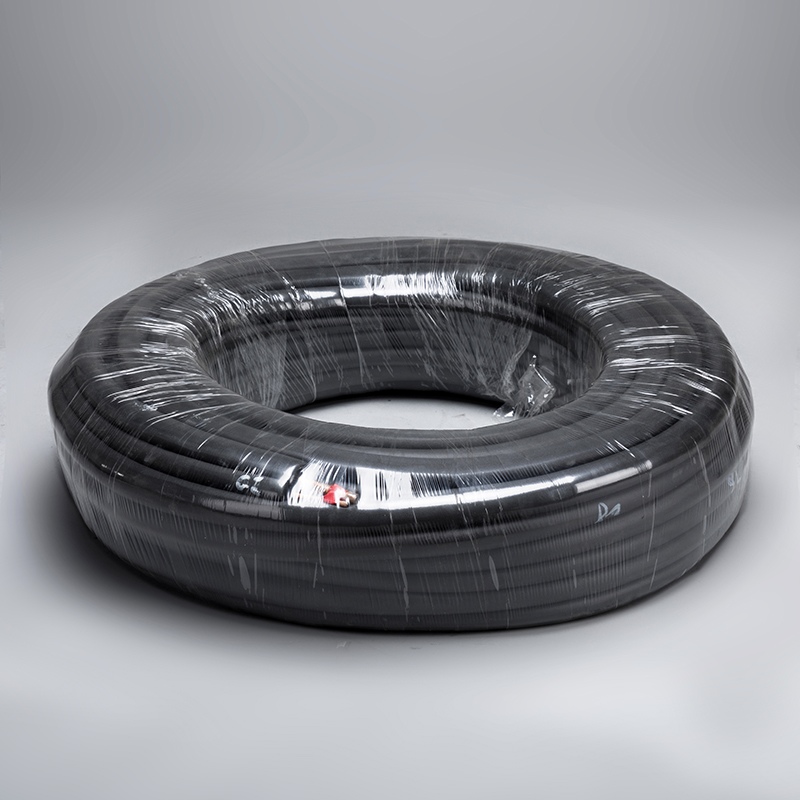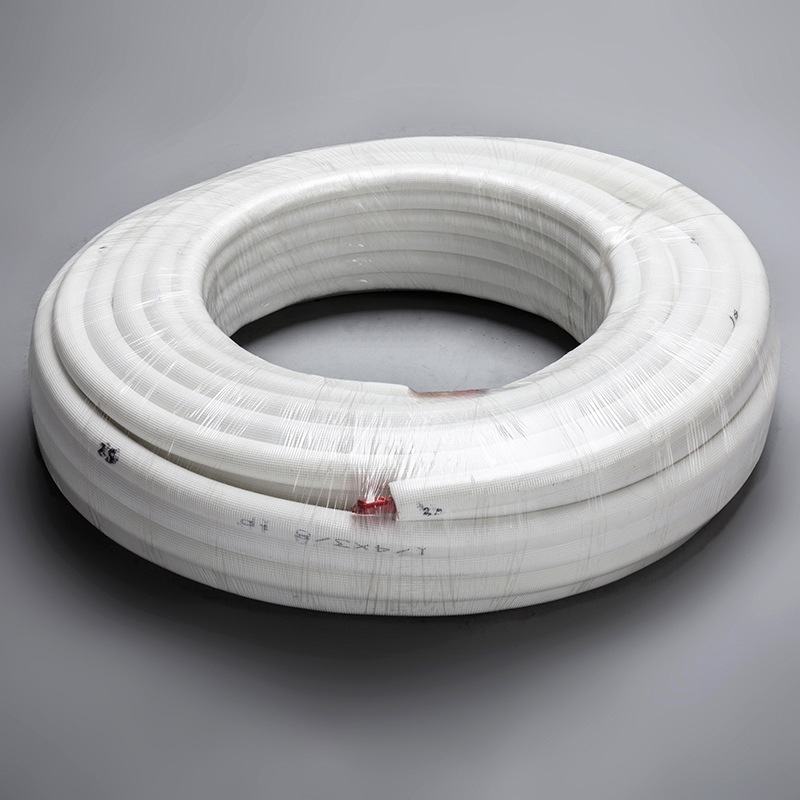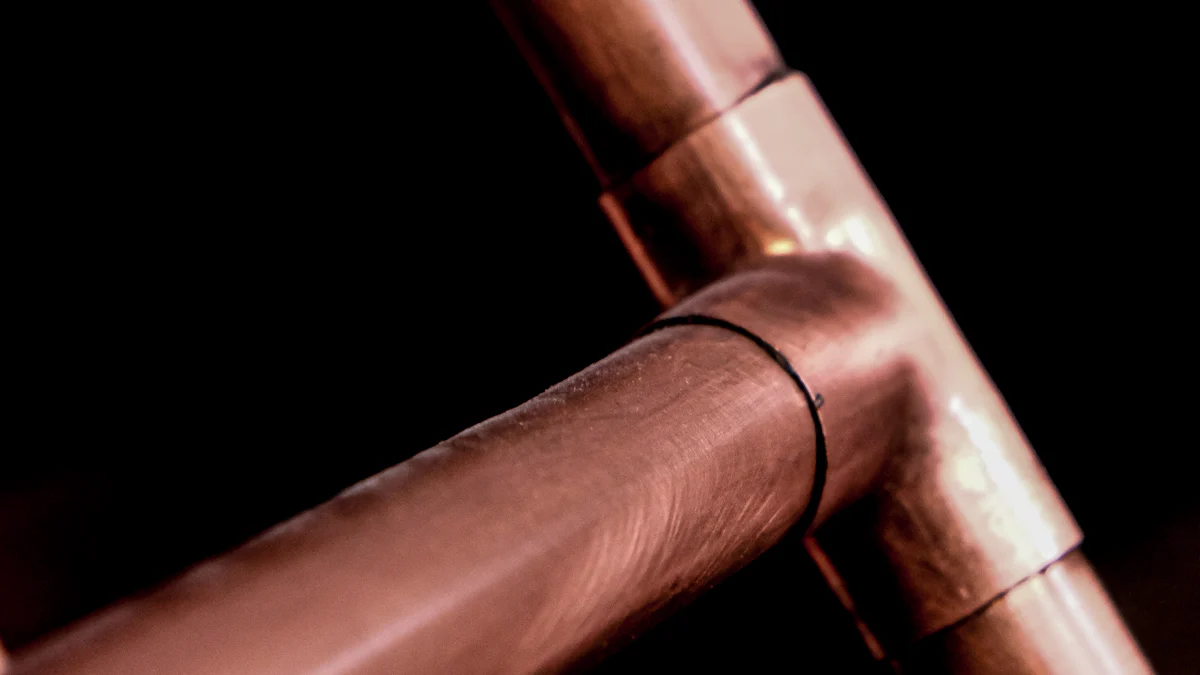Guide to Accurate Measurement of Plumbing Pipes

Accurate measurements in plumbing are crucial for successful installations. They help prevent leaks, minimize material waste, and avoid expensive repairs. Precise measurements ensure that plumbing pipes fit seamlessly, while errors can lead to significant issues like water damage or a flooded basement—situations no one wants to face! It's essential to know the correct methods for measuring and installing plumbing pipes. Consider writing a "Tips" blog post on "Tips to measure and install plumbing pipes" to assist others in achieving precision. Understanding the significance of accuracy can save both time and money. So, gather your tools and start measuring with confidence!
Tools Required for Measurement

Essential Tools
Flexible Tape
A flexible tape is a must-have in your toolbox. This tool wraps around pipes to measure their circumference. You can easily find the diameter by dividing the circumference by 3.1415. A snug fit ensures accurate readings.
String
A simple string works wonders when measuring pipes with irregular shapes or hard-to-reach spots. Wrap the string around the pipe, mark the length, and then measure it with a ruler. This method gives you a quick and easy circumference measurement.
Calipers
Calipers provide precise measurements of a pipe's outside diameter. Use them when you need exact numbers. Place the calipers across the open end of the pipe for a direct diameter reading.
Pipe Gauges
Pipe gauges are handy for checking the thickness and diameter of pipes. These tools help ensure that pipes meet specific standards. Use them for a quick verification of pipe dimensions.
Optional Tools for Enhanced Precision
Laser Measuring Tools
Laser measuring tools offer high precision for measuring distances. These tools work well for long pipes or when you need to measure from a distance. Point the laser at the target and get an instant reading.
Digital Calipers
Digital calipers provide accurate digital readings of pipe dimensions. These tools are perfect for those who prefer digital displays over analog ones. Use them for a quick and precise measurement without any guesswork.
With these tools, you're all set to measure plumbing pipes accurately. Each tool has its unique benefits, so choose the ones that best suit your needs. Happy measuring!
Types of Measurements
Inside Diameter (ID)
Definition and Importance
The inside diameter, or ID, measures the space within a pipe. Knowing the ID helps you determine the flow capacity of the pipe. This measurement is crucial for ensuring proper water flow and pressure in plumbing systems. An accurate ID prevents issues like clogs and inefficient water delivery.
Step-by-step Measurement Process
Use a flexible tape or string to measure the circumference inside the pipe.
Divide the circumference by 3.1415 to find the ID.
Double-check the measurement for accuracy.
Record the ID for future reference.
Outside Diameter (OD)
Definition and Importance
The outside diameter, or OD, measures the total width of the pipe from one outer edge to the other. The OD is vital for fitting pipes together correctly. Accurate OD measurements ensure that pipes connect securely without leaks or gaps.
Step-by-step Measurement Process
Use calipers to measure across the open end of the pipe.
Ensure the calipers are snug against the pipe edges.
Read the measurement from the calipers.
Verify the OD with a second measurement if needed.
Nominal Pipe Size (NPS)
Definition and Importance
Nominal Pipe Size, or NPS, is a standard that indicates the general size of a pipe. NPS helps identify compatible fittings and components. Understanding NPS ensures that all parts fit together seamlessly in a plumbing system.
Step-by-step Measurement Process
Measure the OD of the pipe.
Refer to a standard NPS chart to match the OD with the corresponding NPS.
Confirm the NPS by checking the pipe's specifications.
Use the NPS to select appropriate fittings and connectors.
Understanding these measurements helps you achieve precise plumbing installations. Accurate measurements save time and prevent costly mistakes. Happy measuring!
Tips for Ensuring Accuracy
General Tips
Ensuring Tape is Snug
A snug tape ensures accurate measurements. Wrap the tape around the pipe without leaving any gaps. A loose tape can lead to errors. Hold the tape firmly in place. Double-check the snugness before reading the measurement. Consistent tension helps maintain accuracy. Practice makes perfect, so keep trying until you get it right.
Using Specialized Tools
Specialized tools make a big difference. Calipers and pipe gauges offer precise readings. Use these tools for critical measurements. Digital calipers provide easy-to-read results. Laser tools work well for long distances. Invest in quality tools for better accuracy. Reliable tools save time and reduce mistakes.
Common Mistakes to Avoid
Misreading Measurements
Misreading measurements happens often. Always double-check your numbers. Write down each measurement immediately. Compare your notes with previous readings. Use a calculator for complex calculations. Stay focused to avoid simple errors. Consistency is key to getting it right.
Incorrect Tool Usage
Incorrect tool usage leads to problems. Learn how to use each tool properly. Follow the instructions carefully. Watch tutorials if needed. Practice using the tools on different pipes. Familiarity improves your skills over time. Proper usage ensures reliable results.
Accurate measurements are crucial in plumbing. These tips help you achieve precision. Avoid common mistakes for better outcomes. Use the right tools for the job. Keep practicing to improve your skills. Remember these tips to measure and install plumbing pipes effectively.
Additional Tips for Measuring Pipe Lengths

Measuring pipe lengths accurately is crucial for successful plumbing installations. A few additional tips can make a big difference in achieving precision.
Center-to-Center Rule
Explanation and Application
The center-to-center rule helps measure the distance between two points on a pipe. This method ensures that fittings align correctly. Start by measuring from the center of one fitting to the center of the next. This rule accounts for the length of the fittings, providing a more accurate measurement. Use this technique when installing multiple pipes in a sequence. The center-to-center rule prevents errors in alignment and fit.
Practical Examples
Real-world Scenarios
Imagine installing a new plumbing system in a house. Accurate measurements ensure that pipes fit perfectly without gaps or overlaps. For example, when connecting two sinks, use the center-to-center rule to measure the distance between the drainpipes. This method ensures that both sinks align properly with the plumbing system. Another scenario involves replacing old pipes with new ones. Measure the existing pipe lengths using the center-to-center rule. This approach guarantees that the new pipes match the old ones precisely.
These practical examples demonstrate the importance of accurate measurements. Using the right techniques saves time and reduces errors. Consider these tips as part of your strategy for precise plumbing installations. For more insights, explore resources like Plumbing Webmasters for case studies on successful plumbing projects. These examples offer valuable lessons and strategies. Remember, practice makes perfect. Keep refining your skills with these tips to measure and install plumbing pipes effectively.
Accurate measurements in plumbing ensure successful installations. Use the right tools and techniques to avoid costly mistakes. Practice regularly to improve your skills. Confidence grows with experience. Remember these tips to measure and install plumbing pipes effectively. Every measurement counts. Keep refining your approach for better results. Happy plumbing!
See Also
Simple Steps to Measure Copper Pipes Like a Pro
Quick Guide: How to Measure Copper Pipe Like a Pro
Step-by-Step Guide: Measuring Copper Pipe for DIY Projects


